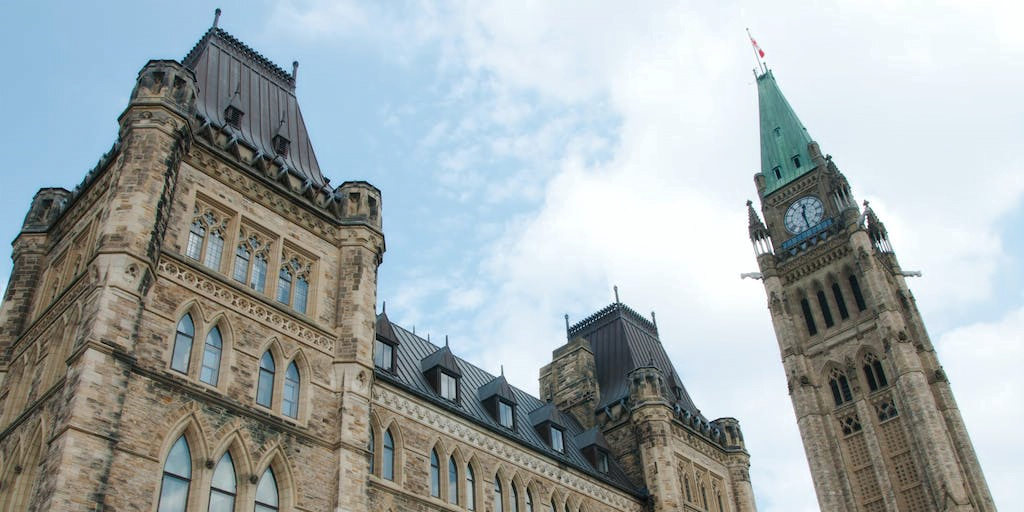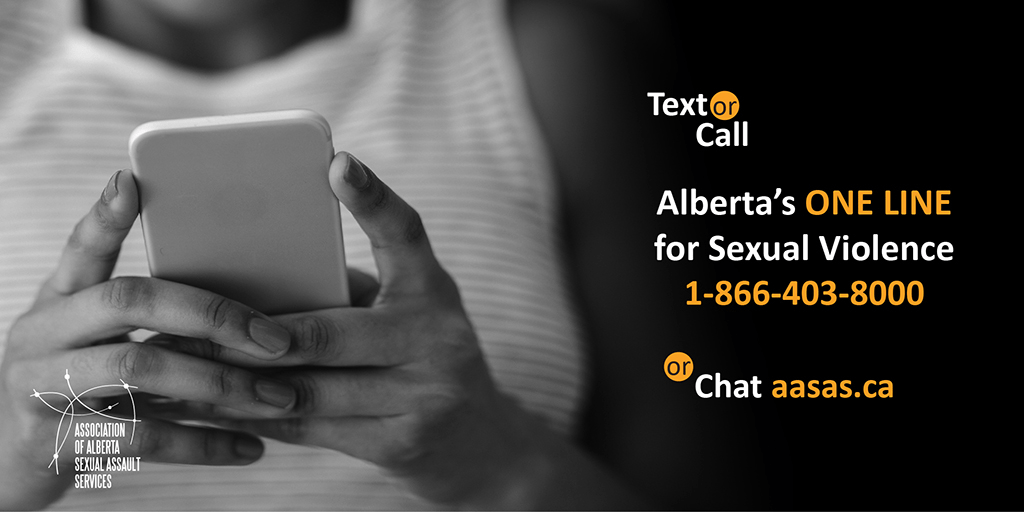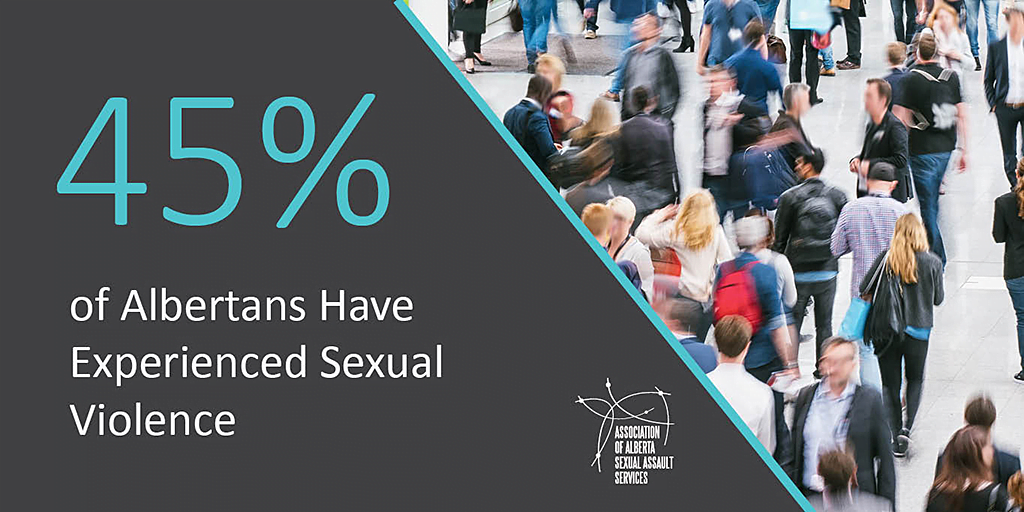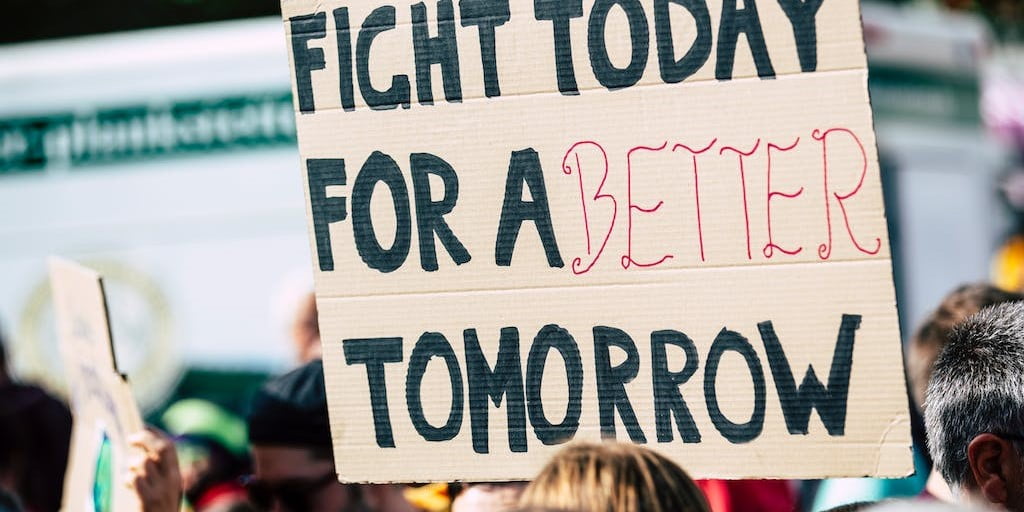An explainer on the Charter‘s notwithstanding clause and its modern uses. The notwithstanding clause has gotten more popular in recent years. It’s been a hot topic with the Saskatchewan government using it recently. But what does the notwithstanding clause...
An explainer on the Charter‘s notwithstanding clause and its modern uses.
 Photo by Splash of Rain from Pexels
Photo by Splash of Rain from Pexels
The notwithstanding clause has gotten more popular in recent years. It’s been a hot topic with the Saskatchewan government using it recently. But what does the notwithstanding clause do?
What is the notwithstanding clause?
The notwithstanding clause is section 33 of the Canadian Charter of Rights and Freedoms. A government in Canada can use the clause to exempt a law from sections 2 and 7 to 15 of the Charter. This exemption lasts for 5 years, or less if the government gives an end date. A government can also keep using the clause to extend the exemption, without limit.
Governments have used the notwithstanding clause in two ways. One way is when a court rules a piece of legislation violates section 2 or 7 to 15 of the Charter and strikes it down. A government can use the clause to ignore what the court said and keep the legislation. Another way the clause gets used is pre-emptively. This is when the government use the clause when they created the legislation. Doing this prevents the legislation from going to the courts for review based on Charter sections 2 or 7 to 15.
How does this affect me?
Great question! Sections 2 and 7 to 15 of the Charter include some of the rights and freedoms most Canadians know about. Think about the freedom of religion or freedom of expression. Both freedoms are in section 2, which covers fundamental freedoms. Sections 7 to 14 deal with legal rights. These include the right against unreasonable search or seizure. Section 15 deals with equality rights, like how everyone is equal before the law.
Many of these rights are key to how we view ourselves as Canadians. But a government can choose to push these rights to the side if they believe their legislation is essential. They do this by invoking the notwithstanding clause.
Why does the notwithstanding clause exist?
When the Charter was being drafted, some premiers voiced their concerns. They argued the Charter allowed unelected judges too much power over legislation. This was because judges would be interpreting and enforcing the Charter. The premiers wanted something to give elected officials some of that power back. They wanted an emergency button to ensure they could still pass legislation.
Supporters of the Charter worried about adding a notwithstanding clause. They argued it would undermine the rights and freedoms the Charter gave. In the end, something had to give. To get the Charter to pass, Prime Minister Elliot Trudeau had no choice but to add the notwithstanding clause. All provinces then supported the Charter, except for Quebec.
Quebec, Ontario, and Saskatchewan: the notwithstanding clause in action
In the past, governments treated the notwithstanding clause as a political taboo. Yet, there has been an increase in its use by provincial governments in recent years.
2019: Quebec’s Legault government used the clause pre-emptively to pass Bill 21. This bill banned certain public employees from wearing religious symbols at work. It included teachers, lawyers, police officers, and more. Bill 21 has disproportionately impacted marginalized people, especially Muslim women. 2021: Ontario’s Ford government invoked the clause to revive a law that limited third-party ad spending. The Ontario Superior Court had struck down the law as unconstitutional. After invoking the clause, the Ontario Court of Appeal struck down the law based on voter rights. These rights are unaffected by the notwithstanding clause. 2022: Another pre-emptive use of the notwithstanding clause by Quebec’s Legault government was to pass Bill 96. This bill limits the use of English in the public service. It also allows Quebec’s language office to perform searches and seizures without warrants. 2022: Ontario’s Ford government pre-emptively used the clause to pass Bill 28. The bill banned workers with the Canadian Union of Public Employees from striking. It also forced a contract onto education workers. This back-to-work legislation was quickly repealed after public pressure.Saskatchewan’s Premier Moe is a new addition to this list. In October 2023, he pre-emptively used the notwithstanding clause while tabling Bill 137. Bill 137 is otherwise known as the Parents’ Bill of Rights or the ‘pronoun’ bill. It requires students under 16 to get parental consent to change the name or pronouns they go by at school. Despite concerns over the effect on trans and non-conforming students, the bill passed on October 20, 2023. The courts cannot review this bill now until 2028. And that’s only if the government doesn’t use the notwithstanding clause again to extend the life of the legislation.
My take
What the premiers of yesteryear requested was a backstop, an emergency button to override court decisions. Its use was supposed to be limited to extreme circumstances, because breaching Charter rights is a serious thing. Modern premiers seem to have taken a laissez-faire approach to Charter rights by using the notwithstanding clause to pass legislation and bypass the courts.
Premier Moe used the notwithstanding clause in response to an injunction a judge provided to pause the implementation of the pronoun and name change policy. This was before Bill 137 was even tabled. The judge warned Premier Moe that this policy would harm trans and gender-nonconforming students, either by shoving them in the closet or outing them to their parents. Not all parents will accept their children. The result of using the notwithstanding clause in this manner will have very real consequences. For example, trans youth are five times more likely than the general population to have mental health issues. They are five times more likely to attempt suicide, and twice as likely to experience severe poverty and homelessness. Repressing the Charter rights of a group with no chance for judicial review is extremely serious.
So, what can you do?
Even though the courts have their hands tied, it doesn’t mean that you do! If you’re unhappy about your government using the notwithstanding clause, tell them. Write, call, and email your MLA, go to protests, and let the government know that you don’t support their use of the clause. Public pressure is a powerful tool!
Looking for more information?
Where are my Charter rights?November 30, 2023 Are Canada’s Air Passenger Protection Regulations Working?October 31, 2023 Alberta Court Forms: A form of artOctober 11, 2023Looking for articles like this one to be delivered right to your inbox? SUBSCRIBE NOW!
DISCLAIMER The information in this article was correct at time of publishing. The law may have changed since then. The views expressed in this article are those of the author and do not necessarily reflect the views of LawNow or the Centre for Public Legal Education Alberta.
The post Where are my Charter rights? appeared first on LawNow Magazine.














